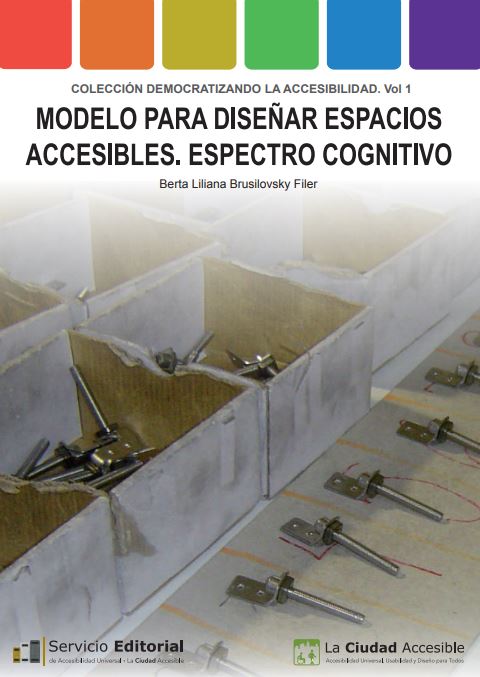Editorial: The Accessible City
Author/s: Berta Liliana Brusilovsky Filer
Year of publication: 2014
Subject: Built environment
Support: Digital
Summary:
The document Model for designing accessible spaces, of a theoretical-practical nature, provides key elements for the design of everyday life scenarios, aspiring to produce a better and greater adjustment in its application between the functioning of all people and the environments, buildings and services. By coupling design with people’s performance, greater performance and well-being can be achieved since people will be more comfortable and safe in an appropriate environment, adapted to their qualities, abilities, and physical and psychological needs. The concepts have been developed with research carried out on matters linked to diversity – intellectual and developmental disabilities – of older people, aspects of people with autism spectrum disorders linked to space and some very important ones developed in the field of the perception.
Inquiry linkCover image:
